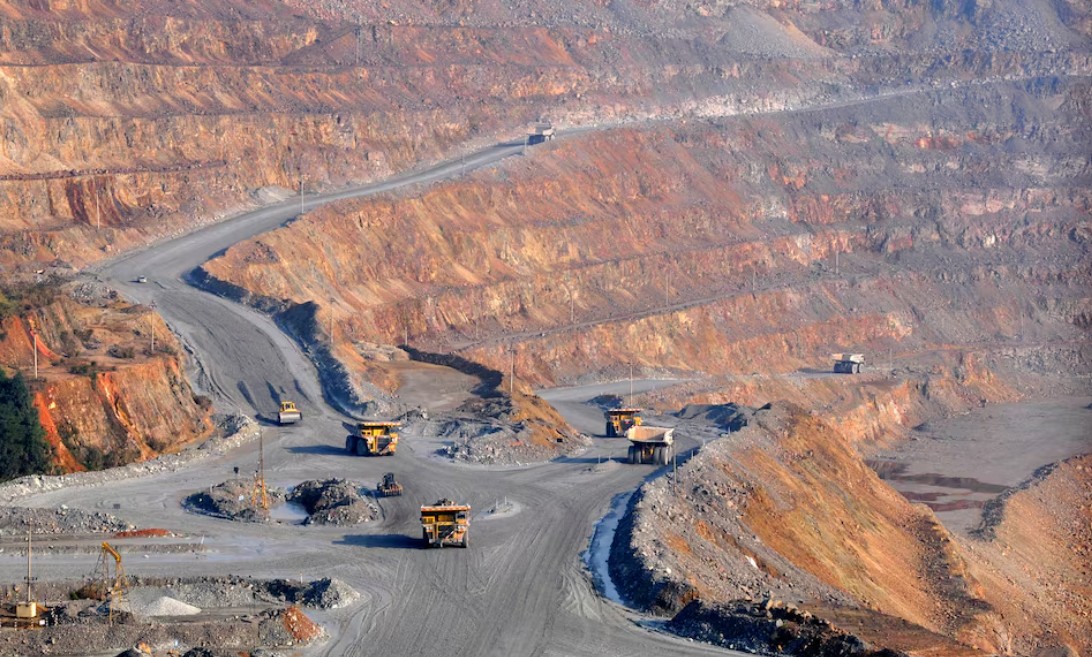
The oil and gas industry has called on the European Union (EU) to create a European CCS Bank. This initiative would support large-scale carbon capture and storage (CCS) projects. The industry faces pressure to implement CCS technology to meet the EU’s decarbonization goals by 2030. Currently, the EU’s Innovation Fund uses public funds from CO2 emissions allowance sales to support pilot projects. However, the industry believes the current funding levels are not enough to meet the ambitious goals set by the Net Zero Industry Act (NZIA).
The proposal for a European CCS Bank aims to provide steady financial backing for scaling CCS projects. This initiative would resemble the EU’s hydrogen bank, which channels funding into renewable hydrogen production. The International Association of Oil & Gas Producers (IOGP) advocates for public financial support, especially through Carbon Contracts for Difference (CCfD). These contracts would help guarantee profitability for CCS projects during their early stages, reducing the high costs and risks involved.
Challenges in Scaling CCS Technology
The main challenge to scaling CCS technology is the high cost. Capturing CO2 from industrial facilities, purifying it, transporting it, and storing it permanently requires significant resources. For industries like cement and steel, the cost of installing CCS infrastructure often outweighs the benefits. Current low carbon prices discourage companies from investing in CCS. Instead, many prefer to purchase emissions allowances.
Alongside financial barriers, technical issues complicate deployment. Permanent CO2 storage sites must be monitored for decades. The Northern Lights project in Norway is Europe’s largest CCS initiative. However, it will only capture a small portion of the CO2 needed to meet the EU’s targets. This highlights the gap between the scale of the problem and current CCS capabilities.
The Need for Strategic Investment
The IOGP stresses the importance of a reliable CO2 storage market to avoid unprofitable investments. The EU’s NZIA requires oil and gas firms to deploy CCS infrastructure capable of storing 50 million tonnes of CO2 annually by 2030. However, without sufficient demand from industries willing to pay for storage, these projects may fail. The European Commission is currently in talks with member states to determine how to divide storage responsibilities across industries.
To address this, the IOGP proposes creating a CCS Bank to offer targeted funding for storage operators. This would create demand for CO2 storage and encourage investments. However, environmental groups are concerned about subsidizing fossil fuel companies. CCS technology can also be used for enhanced oil recovery, allowing companies to continue fossil fuel extraction, which critics argue undermines the push for greener alternatives.
Progress in CCS Deployment Across Europe
Despite ongoing debates, some progress is being made in CCS deployment. INEOS, a chemical company, has committed to investing in the Greensand carbon capture project in Denmark. This project will store up to 0.4 million tonnes of CO2 annually and receives heavy subsidies from the Danish government. Meanwhile, the UK government has pledged £4 billion to CCS projects as part of its North East Cluster initiative to develop a carbon capture industry in Teesside.
The UK is also exploring the use of CCS for net-zero power generation. The Net Zero Teesside Power project, a joint venture between BP and Equinor, aims to be the first gas-fired power station with CCS technology. However, critics argue that such projects allow fossil fuel companies to continue operations while relying on unreliable CCS technology. They believe this approach could lock Europe into a cycle of pollution and dependence on high-carbon industries.











Leave a Reply
You must be logged in to post a comment.